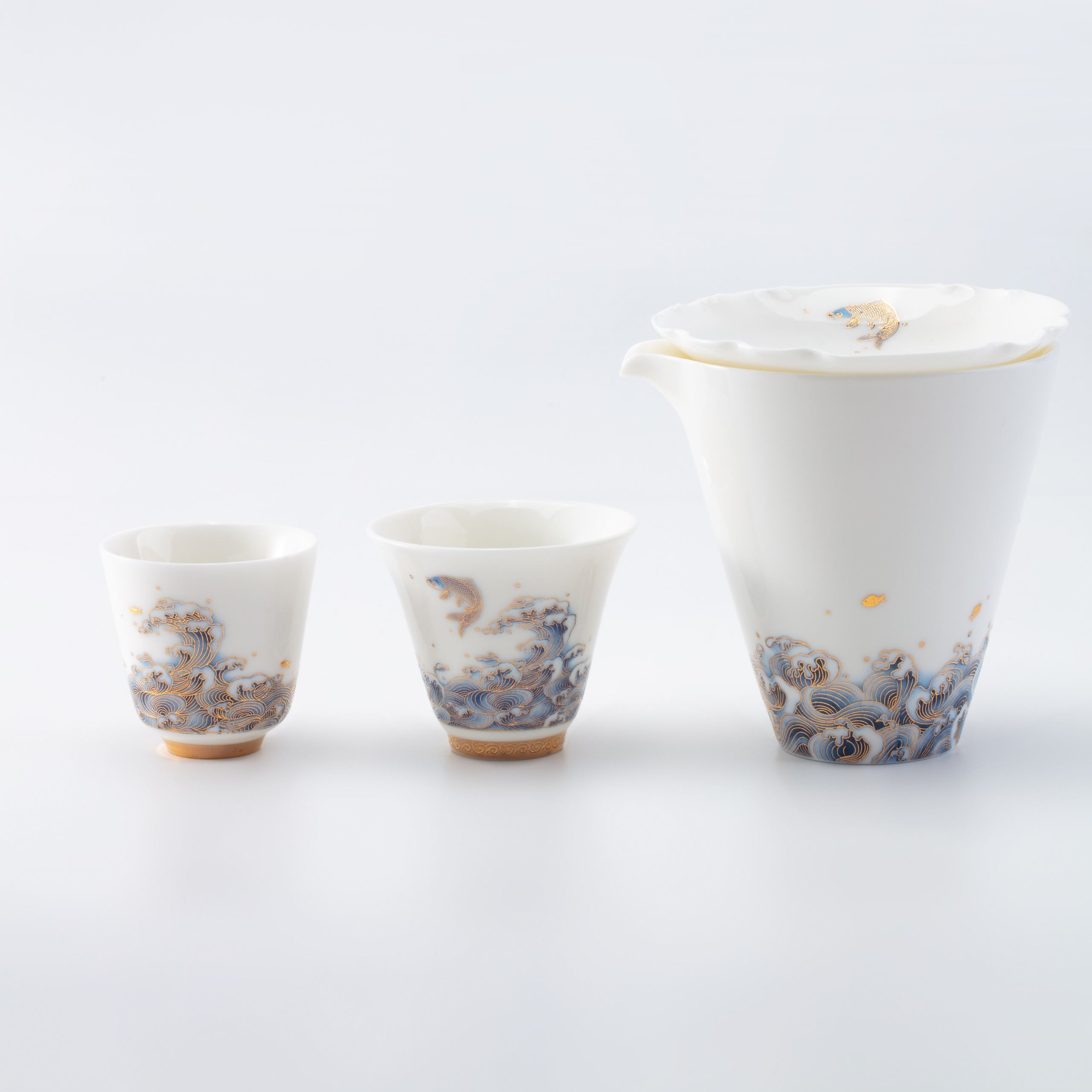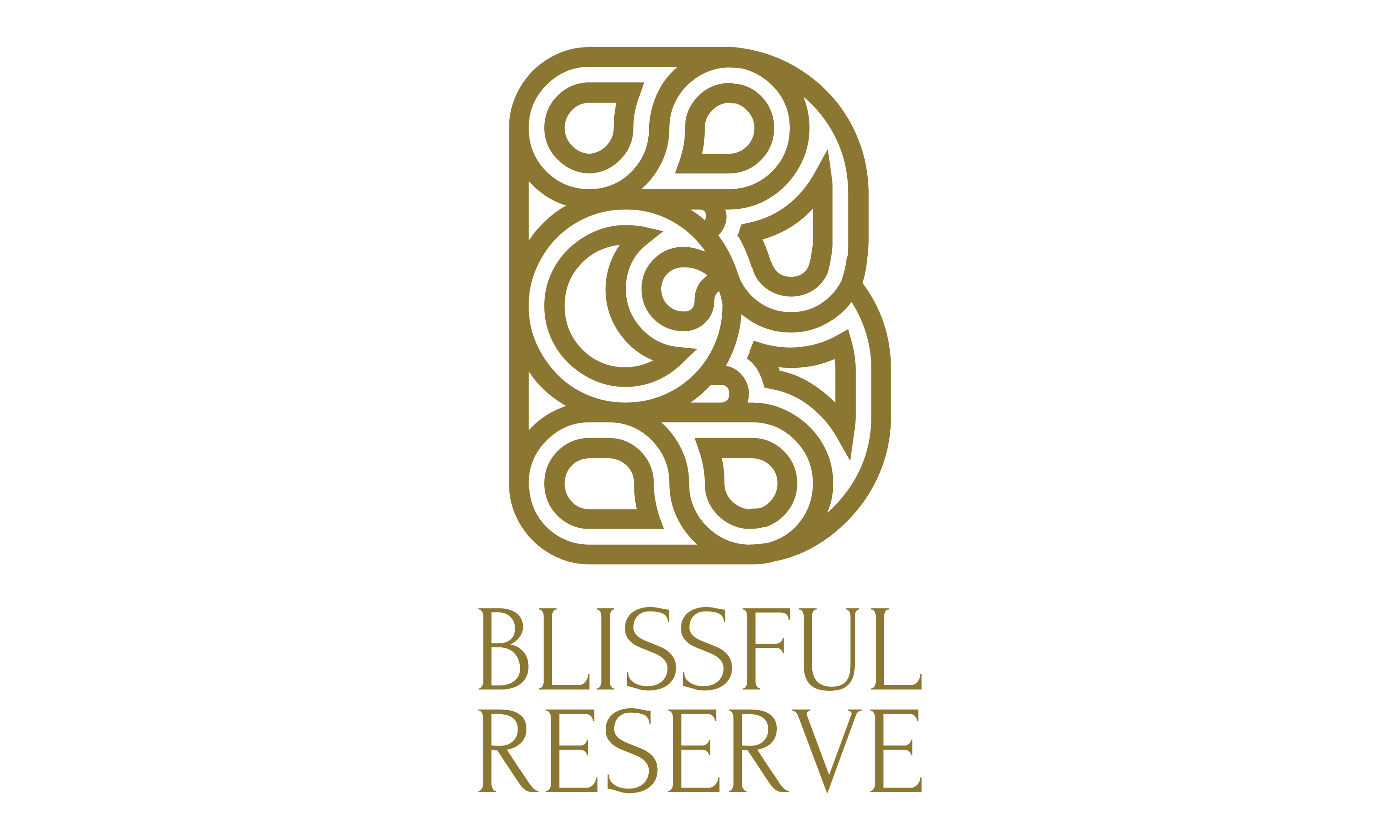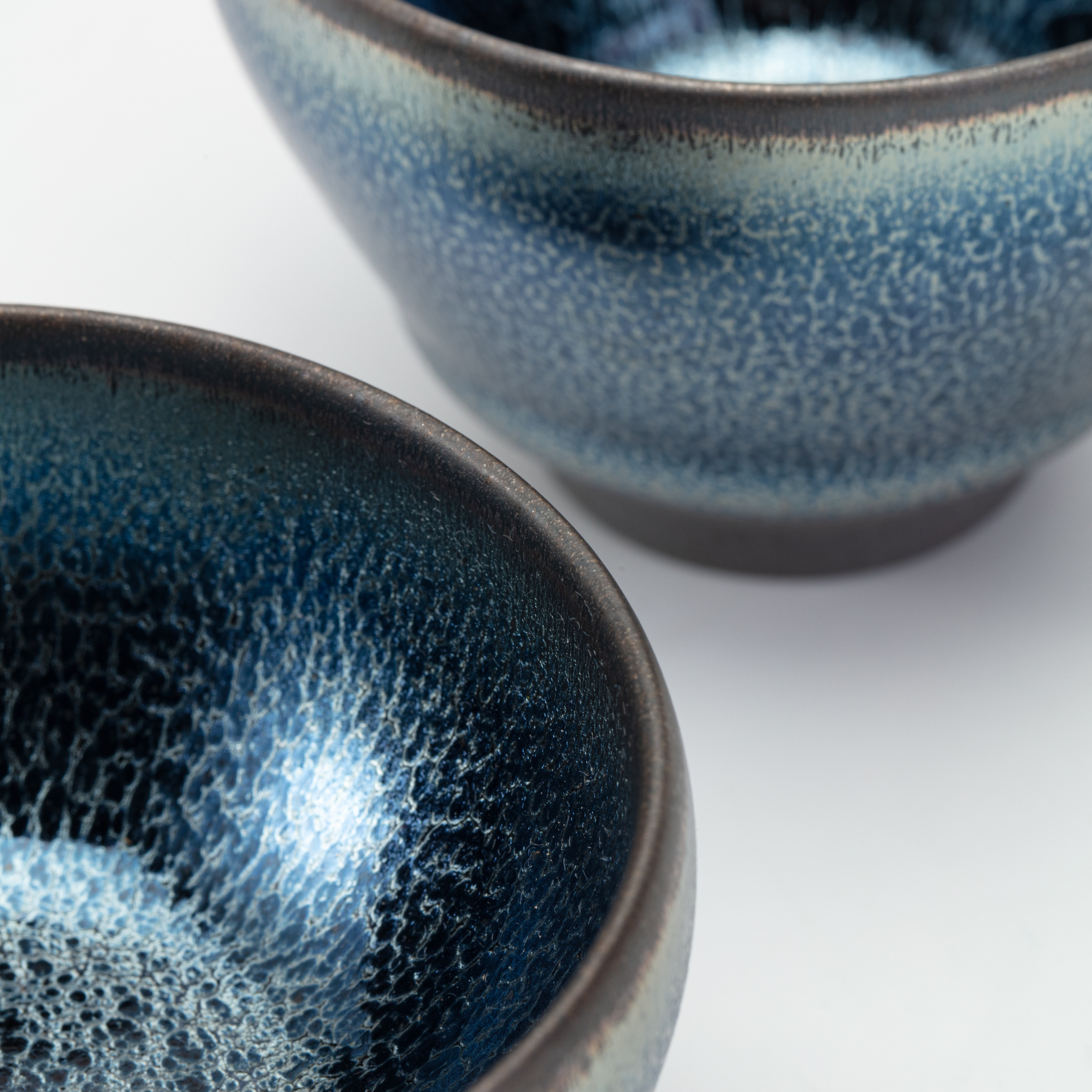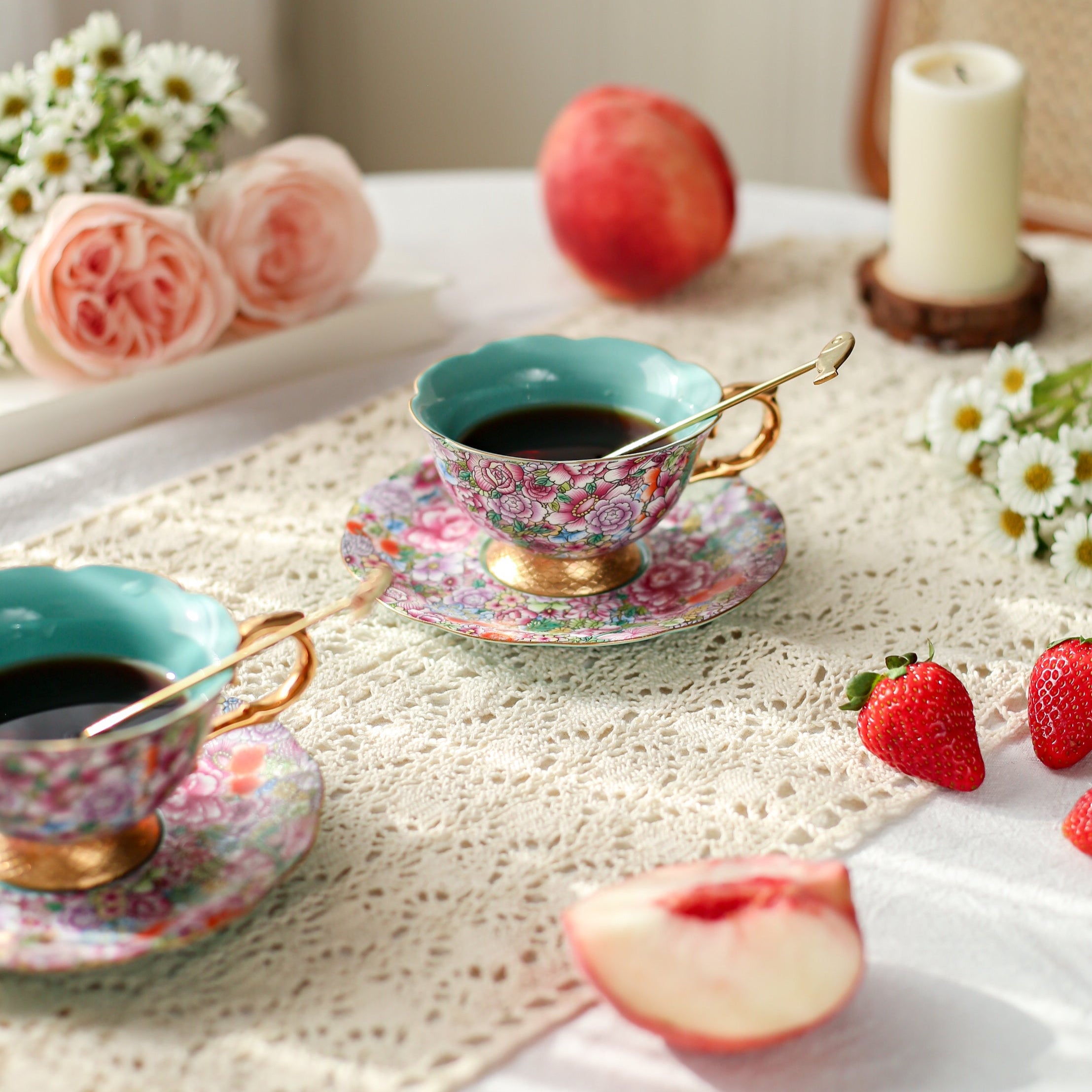Article: What is Mutton-Fat Jade Porcelain?

What is Mutton-Fat Jade Porcelain?
Mutton-fat jade porcelain, known in Chinese as 羊脂玉瓷 (Yángzhī yù cí), is a rare and luxurious type of porcelain that has appearance of mutton-fat jade. It was "ivory white" and was exported to Europe, where it was referred to by the French as "the pearl of the porcelain world."

Why "Mutton-Fat"?![]()
Unlike the northern white kilns of the Tang and Song dynasties or the bluish-white porcelain of Jingdezhen, mutton-fat jade porcelain has a distinct identity.
Features of Mutton-Fat Jade Porcelain:
· Color: Warm ivory or milky white, rather than pure white, but softly luminous.
· Texture: Silky and velvety to the touch, similar to polished stone.
· Translucency: It shows a gentle glow when held against light through the thin ceramic walls.
· Weight: More dense than standard porcelain, providing a high-end feel.
Under the Tang dynasty, Empress Wu Zetian refused shiny white porcelain for being unpropitious. She ordered Dehua craftsmen (Dehua is an area in Fujian, China) to produce a matte porcelain. What came out was a soft-gloss porcelain that had a resemblance to Hetian mutton-fat jade and was hence named so.
The key is in the Dehua region's local clay. Harvested from nearby hills, the clay is soft, low in iron and high in potassium. Fired, the clay produces a glaze of pure white, rich in texture, and creamy like solidified fat. In sunlight, the glaze turns semi-translucent, with suggestions of rosy or milky tints, not unlike the luminosity of jade—hence the poetic description "mutton-fat jade porcelain.
Rare, Refined, and Revered
It is highly challenging to produce high-quality mutton-fat jade porcelain. Firing is complicated, and just one qualified piece can be obtained after numerous trials. The success rate is even smaller for large-scale or complicated works. Such demanding craftsmanship and the extremely low yield render top-grade pieces exceedingly rare and precious.
Cultural Significance
Aside from its beauty, mutton-fat jade porcelain has also long represented the virtues of a noble individual: benevolence, righteousness, wisdom, courage, and purity. It also embodies the ideals of classical Chinese beauty: grace, nobility, blessing, gentleness, and tranquility. In Chinese aesthetics, this porcelain is usually made into tea ware, ceremonial objects, or collector's pieces, prized not only for its appearance, but for what it represents: quiet strength, natural elegance, and timeless tradition.
Today, Dehua porcelain craft continues its evolution, combining ancient techniques with contemporary innovations to create works that are even more exquisite and timeless.



